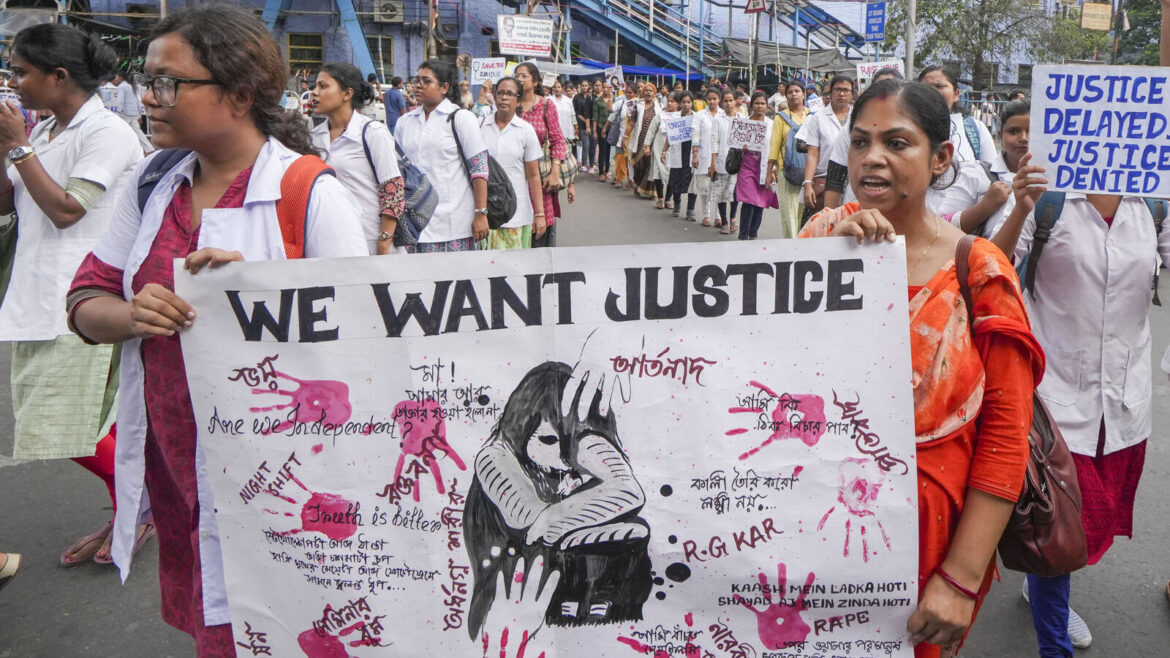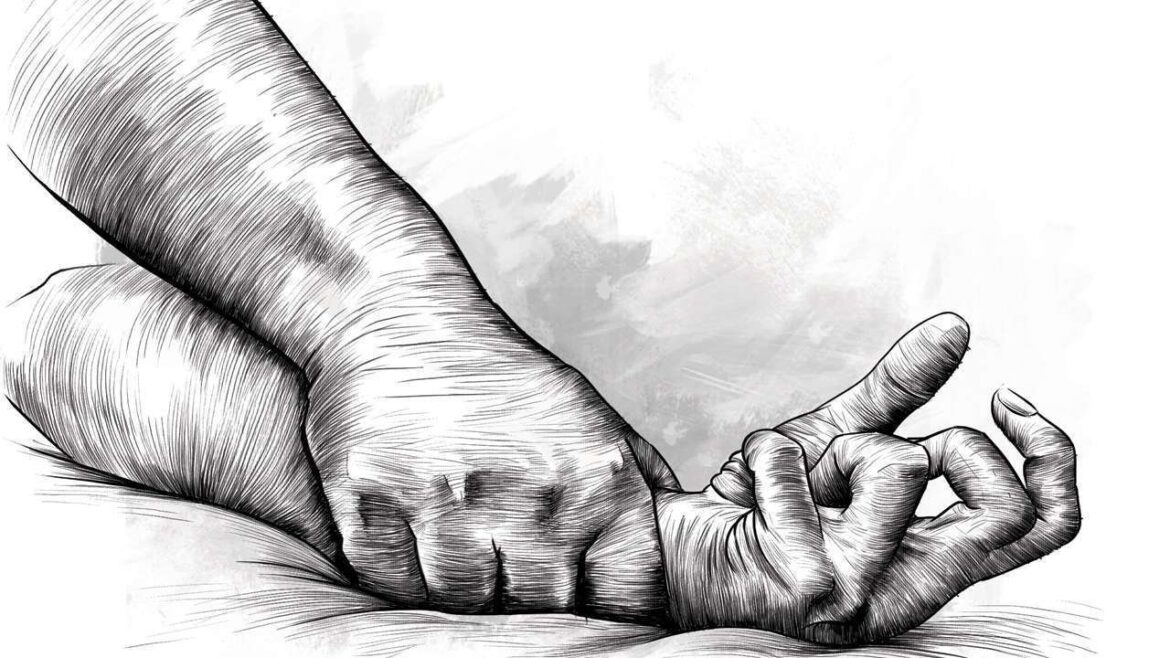- By Aritri Roy Chowdhury
Ask any Bengali, she will tell you that the advent of autumn (sarat) is marked by the fragrance of Pujo in the air or as we say in Bangla “Pujo pujo gondho hawaye”.
Pujo, Durga Pujo, is Bengal’s biggest cultural and religious celebration. Panchami to Dashami is 5 days filled with festivities eagerly awaited by all Bengalis across the globe. Being born and raised in a typical Bengali household and having grown up in Kolkata, Pujo marks a week of celebrations and good food for me. As children, we used to wait all year long for these five days. Pujo meant new clothes, good food, unlimited playtime, and “thakur dekha” (going around different pandals to see the Maa Durga’s idol). During Puja, we would gather at my grandparents’ house where our otherwise nuclear families would seamlessly integrate into a giant joint family. My father and uncles would take over the kitchen and household chores so that the women could take part in the festivities and enjoy. In fact, whenever there were any celebrations in the house or during weekends, the men took over the kitchen and my father’s eldest brother, my Jeu, was assigned the job of looking after all the children in the house. Jeu would feed us, bathe us, tell us stories, and take us out to nearby pandals. We never felt anything lacking in the caregiving process. Men and women equally participated in all household assignments.
As a child, I did not realize the immense significance of this seemingly tiny system in my house, but as an adult, I did. Law school was the first time I came across men who couldn’t cook or do any of the basic household chores and looked upon these tasks as only meant for ‘women’. I was taken aback. For me, the distinction between men and women never existed. I had grown up with three cousins, all boys, and never felt, or was made to feel, that I was any less than them. I was never asked to do anything at home because I was the ‘sister’ or the ‘girl’. Women in my family did not ‘serve’ men. They worked as a team. I understood much later that most Bengali households function similarly. Being in a girls’ school, I was surrounded by women all my life. Strong, independent women raised by parents who saw the child as a child and attached no merit to the child’s gender.
Durga Pujo to me is much like the normal Bengali household; it celebrates women and the entire city comes together to bask in the glory of the divine power that symbolizes victory of good over evil.
We were told the story of Durga Maa by my grandmother. Maa Durga, also called ‘Mahishasurmardini’ killed the deceitful, shape-shifting demon- Mahisasur. Legend goes that Mahisasur was granted a boon that he could not be killed by a ‘man or animal’. Thus, he assumed he was immortal and invincible because, for him, a woman was the weaker sex, who did not have the strength to defeat him. It was this arrogance that led to his downfall. Maa Durga, the Shakti that runs the Universe, not only killed Mahisasur but also vanquished his pride of being a ‘man’, of being more ‘powerful’ than a woman.
This year’s Pujo somehow has brought the legend back to life. It is different from the Pujos I have spent all my life, yet the essence of it remains the same. My entire city has come together to stand up for its daughter, Abhaya, and remind all that no one is ‘all-powerful’. Women, from all walks of life, joined by men have decided to stand up against the horrific rape and murder of Abhaya. The past few months, leading up to Pujo have seen women “claim the night” to fight for equality and safety at the workplace and the city has witnessed historic protests led and sustained by commoners. Durga Puja which is essentially the period that reminds us good has to triumph over evil started a little early this year. On 9 August 2024, the brutal rape and murder of Abhaya shook the core of every Bengali’s conscience. It made every Bengali pledge they would stand up for their daughter. People across the State have united, come forward, walked across the city protesting and lamenting the death of their daughter, and demanded safer spaces for women with a clarion call for ‘justice’.
The divine ‘Shakti’ has taken her form in the minds of thousands who have defied the ‘Asuric’ forces to unveil their collective strength and have embarked on the journey to ensure that every Durga is safe in this city which celebrates her every year. This year Pujo is symbolic of the culture that nurtures, hones, and empowers women, which sees women as equals in the societal structure and is determined to take over any forces that try to do otherwise. This time Maa Durga has not come in the form of idols. This time she has come in the form of ‘shakti’ which is keeping people on the roads protesting against injustices met out to the daughter of the city. This year Maa has come in the form of the collective consciousness which is running through the length and breadth of the city. The one that unites, the one that makes you believe in the spirit of the human race that has awakened to avenge every injustice and set things right.
Maa did not wait for Sarat to set in to come home. She came much before that and since her advent, the city has been engaged in a tumultuous fight with the ‘demonic forces’. The little Bengali girl in me who has grown up to the stories of her ‘Shakti’ is finally seeing it unfold before her eyes and I am more than certain, even this time, Maa will prevail. Justice shall prevail. This time the air does not only bear the fragrance of Pujo, it also carries with it the stories of gut, grit and courage. It carries Maa’s energy all over the city. It ushers in the new story of equality where men and women have again stepped in to ensure justice is met out to all.
On that note, Dugga Dugga to you all. I hope you all stand with her to join the right forces.






